

Table of Contents
ToggleIn this article, the evolution of the table we want to summarize some moments marked in the history of creativity expressed in the evolution of the iconic vision of the table. we want to summarize the creativity expressed in the evolution of the iconic vision of the table. The ancient Romans used tables with three or four legs, but for stability reasons they preferred the three-legged table which was more stable than the four-legged one if the floor was not perfectly level, as well as being an interesting choice if you are looking for of a more innovative and captivating design.

However, going back to more recent times, the table has always been a fundamental element in interior design and furniture. Italy was one of the birthplaces of beautiful and important furniture and design objects in the world. But great creators often have their minds in motion and it is difficult to understand the origin of a creation and the evolution of the table. However, some of them have created famous tables that have left an indelible mark on the history of design.
The 1950s represent a period of great ferment in the world of design, with the birth of many 20th century design icons, including some of the most famous and iconic tables of all time, such as the Tulip table by Eero Saarinen which is definitely a clear example.

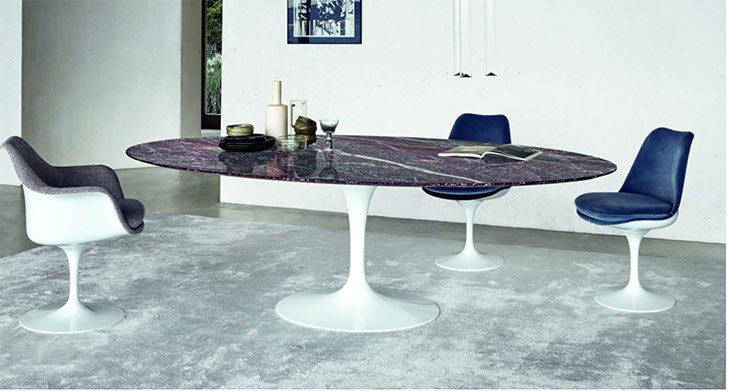
Saarinen collaborated from the beginning with another great creator, Charles Eames, certainly a name not to be forgotten. His masterpiece is distinguished by its unique and totally innovative shape, composed of a single central leg, made of cast aluminum, which expands outward to support the table top in marble or wood.
The T69 table by Osvaldo Borsani is an evolution of the Tulip table by Eero Saarinen. The Tulip table was a groundbreaking design that featured a single, central leg that supported the table top. The T69 table takes this concept a step further by incorporating a curved base that echoes the shape of the table top. This gives the table a more organic and sculptural appearance.
The T69 table was designed in the 1950s, a period of great importance for Italian design. This was a time when Italian designers were experimenting with new materials and techniques, and the T69 table is a prime example of this innovation. The table is made of molded plastic, which was a new material at the time. The plastic was molded into a single piece, which gave the table a sleek and modern appearance.
The T69 table is a classic example of Italian design. It is a beautiful and functional piece of furniture that has stood the test of time. The table is still in production today and is a popular choice for homes and businesses around the world.

But Italian design has produced many other masterpieces not to be forgotten, such as the Laccio table by Marcel Breuer. He conceived the Laccio table in 1925 to accompany the Wassily chair, the first tubular chair designed from a bicycle frame. The tubular metal technology developed by Marcel Breuer for the Laccio tables, developed at the Bauhaus school, had a tremendous impact on the evolution of modern design and architecture throughout the 20th century.
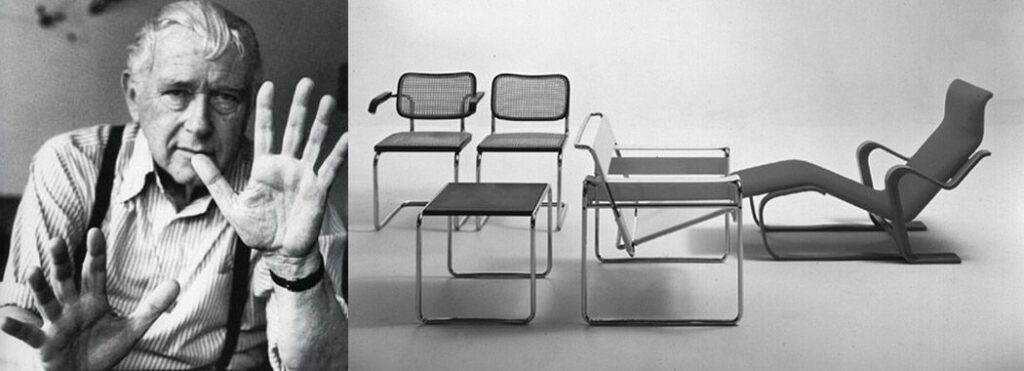
In the 1960s, Italian design continued to evolve with great creativity in experimentation and innovation, giving rise to furniture tables that stand out for their captivating aesthetics and functional principles.
One of the most famous tables from this period is undoubtedly the table created by Cini Boeri, a woman with a surprising imagination, the Lunario table, which revolutionized the world of design for its unique and innovative shape for the time in which it was created. The moon-shaped top, together with the cone trunk leg made of stainless steel, make it a unique and unforgettable piece.
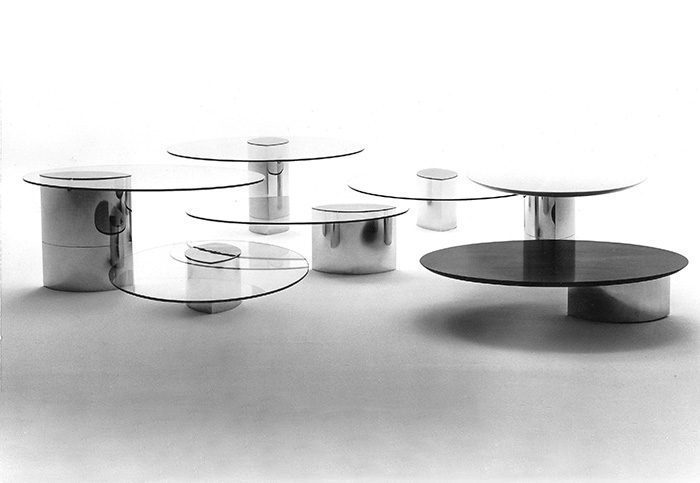
Carlo Mollino’s Royal Table is a striking example of Italian design inspired by aviation technology. The table’s base is made of steel and is constructed in a way that resembles the internal structure of an airplane wing. This gives the table a unique and futuristic appearance. The top of the table is made of marble and is supported by four slender legs.
The Royal Table was designed in 1946 for a private residence in Turin, Italy. It is made of polished steel and marble and measures 200 centimeters long and 100 centimeters wide. The table is currently on display at the Museo Casa Mollino in Turin.
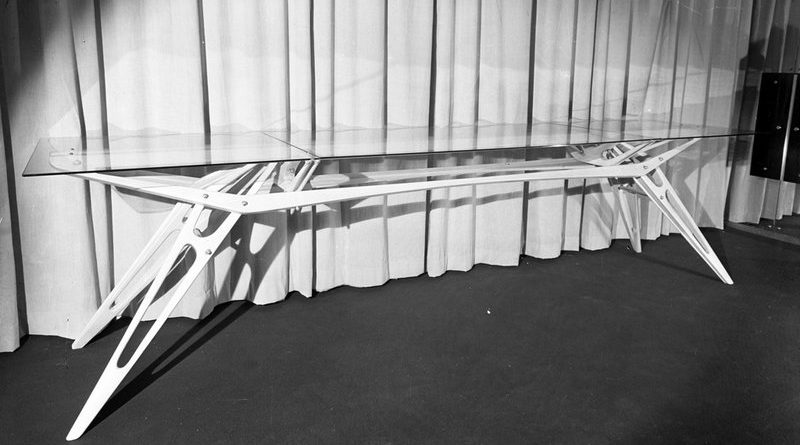
The ability of Italian designers to combine form and function, using innovative materials and cutting-edge technologies, has allowed them to create unique and unmistakable furnishing tables. The importance of furnishing tables in Italian culture and design is therefore indisputable, representing a cultural and artistic heritage of inestimable value.
Finally, we cannot fail to mention our Ted Masterpiece table by Greyge, a young Roman design brand that has skilfully blended the cultural experience of past Italian design with a modern and innovative style. The Ted Masterpiece table pays homage to the beauty of Italian Walnut, using rare and oversized solid wood elements to highlight the tree’s unique and pure character.
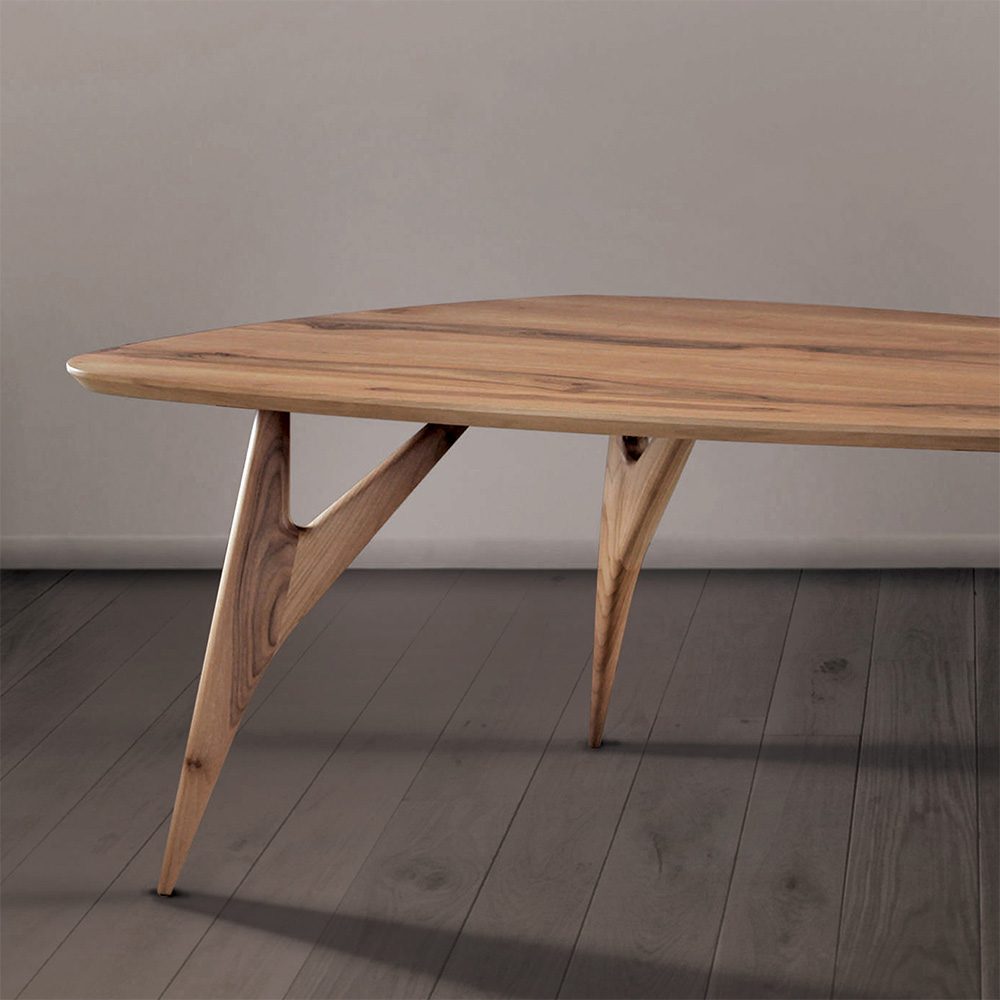



Copyright 2023 Greyge – Contacts – Who we are – Mauro Falomi – Telephone: +39 3384511793 – P.iva IT12874801009 – Reg. imprese RM 1678638 – Pec maurofalomi@pec.greyge – E-Mail info@greyge.com – Via Ludovica Albertoni n.90 00152 Roma (RM) – Italia – Privacy & cookie policy – Refund and Returns Policy – Our Shipping Policy